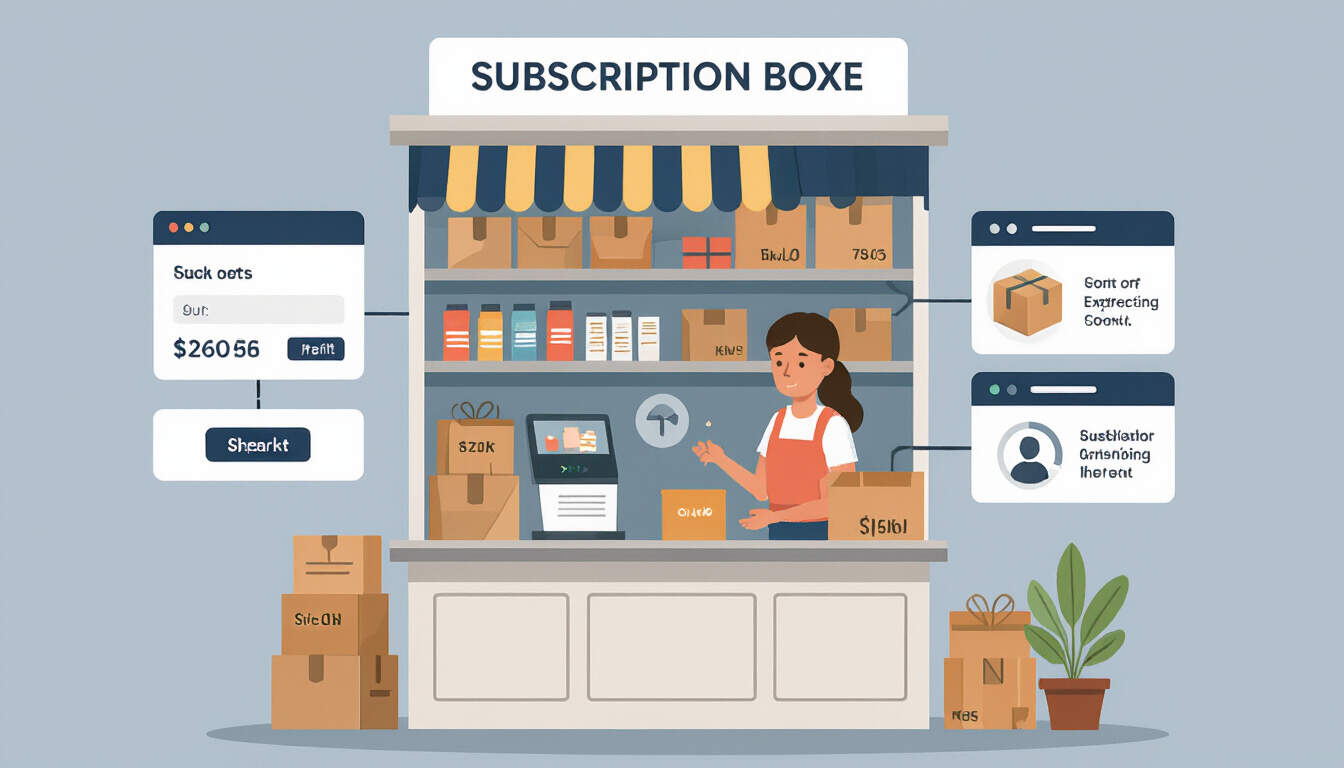Micro-Service Customer Service Tools for Tiny Subscription Commerce Models
 by Max Miller
by Max Miller
Explore how micro-service customer service tools can transform tiny subscription commerce models, offering practical strategies for entrepreneurs to enhance customer engagement and streamline operations in small-scale businesses.

Small businesses often seek efficient ways to manage their operations, especially in subscription-based models where customer interactions are key. Micro-service customer service tools provide a practical solution by breaking down complex systems into smaller, manageable components. This approach allows for greater flexibility and scalability.
In subscription commerce, maintaining strong customer relationships is essential. These tools enable businesses to handle inquiries and support requests more effectively. For instance, a micro-service tool can automate responses to common questions, freeing up time for personalized interactions.
Many entrepreneurs are adopting these tools to build sustainable models. By integrating them, businesses can track subscription renewals and preferences with ease. This leads to improved retention rates and higher satisfaction levels.
One effective strategy involves using modular tools that focus on specific functions. A customer service platform might include modules for chat support, email management, and feedback collection. Each module operates independently but works together seamlessly.
For small business owners, starting with basic implementations can yield significant results. Begin by selecting tools that align with your current needs, such as handling subscription cancellations or updates. Over time, expand to more advanced features like analytics for customer behavior.
Benefits of Micro-Service Tools in Subscriptions
The advantages are clear for e-commerce enthusiasts. First, these tools reduce costs by allowing businesses to pay only for what they use. This is particularly useful for tiny subscription models where budgets are limited.
Second, they offer quick updates and integrations. Unlike monolithic systems, micro-service architectures make it easier to add new features without disrupting the entire setup. This agility helps in responding to market changes promptly.
Additionally, tools like automated ticketing systems can prioritize customer issues based on urgency. This ensures that high-value subscribers receive prompt attention, fostering loyalty.
Practical Implementation Strategies
To implement these tools successfully, entrepreneurs should follow a structured plan. Start with an assessment of your current customer service processes. Identify areas where inefficiencies exist, such as delayed responses or manual data entry.
Next, choose tools that are user-friendly and compatible with your existing systems. For example, integrate a customer service tool that supports API connections for seamless data flow. This integration can handle subscription data automatically, reducing errors.
Training your team is another important step. Ensure that staff understand how to use the tools effectively. Provide hands-on sessions to cover features like real-time chat and knowledge bases.
Monitoring performance is crucial. Use built-in analytics to track metrics such as response times and resolution rates. This data can guide further improvements and help in refining your subscription strategies.
Real-World Examples
Consider a small coffee subscription service. They use micro-service tools to manage orders and customer feedback. When a subscriber reports an issue, the system routes it instantly to the right team, ensuring quick resolution.
In another case, an online book club employs these tools for membership management. Automated reminders for renewals and personalized recommendations keep engagement high, turning one-time buyers into loyal subscribers.
These examples show how tiny subscription models can thrive with the right tools. By focusing on customer needs, businesses create a positive experience that encourages repeat business.
Challenges and Solutions
While beneficial, there can be hurdles in adoption. For instance, data security is a concern with multiple services. Entrepreneurs should select tools that comply with industry standards to protect customer information.
Another challenge is initial setup time. To address this, opt for tools with intuitive interfaces and strong support resources. Over time, the investment pays off through increased efficiency and customer satisfaction.
In conclusion, micro-service customer service tools offer a pathway for growth in tiny subscription commerce. By applying these strategies, entrepreneurs and small business owners can enhance their operations and build lasting relationships with customers.
